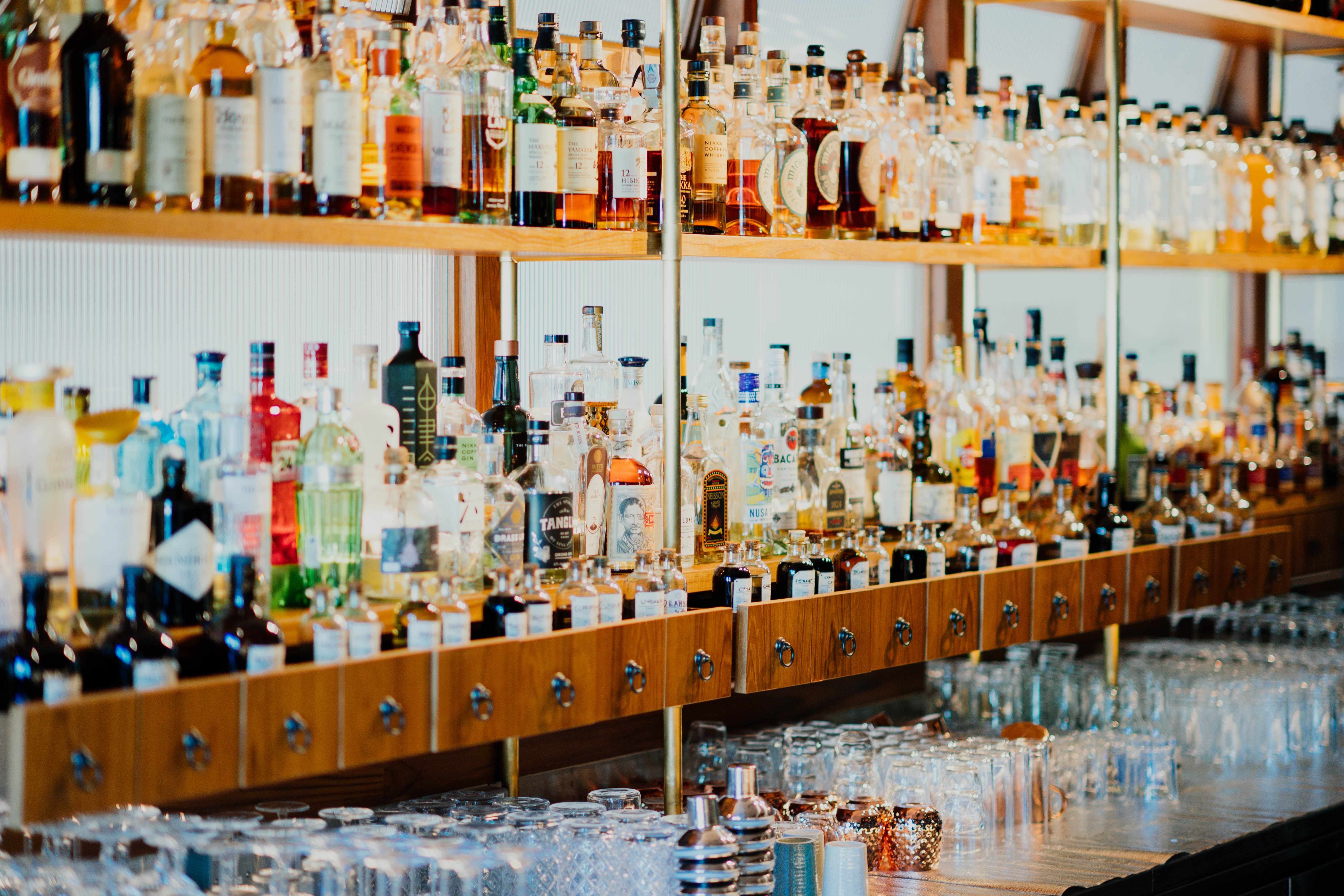Drink / Journal /
Why Barbados Needs A Geographical Indicator For Rum
A Protected Geographical Indication (PGI) is the tool by which the EU will recognise, protect and enforce the standards for a product of a particular Geographic repute. It also ensures that the economic value is retained at home.

By Richard Seale – R. L. Seale & Co. Ltd.
Through fate, my family is the last of historic Barbadian families in Rum. Today, we still bottle several legacy brands: John D Taylor, ESA Field, Alleyne Arthur and of course Martin Doorly; all named for the historic merchant blenders. The independent Barbadian Rum blending tradition arose at the turn of the century when the new industrial scale city-based distilleries largely replaced rum production on small sugar growing estates. They were restricted, by law, to selling only in bulk. Independent blenders such as my great-grandfather and Martin Doorly purchased in bulk from the distilleries for blending and bottling under their name. In 1994, the rum blending tradition married with the sugar estate tradition when my family acquired the closed Foursquare Estate and returned it once again to rum making.
As might be expected of a Barbadian family, we have invested in Barbados. We have grown our aged reserves from a few hundred casks, 25 years ago, to over 40,000 casks today and expanded our bottling capacity from a single line to five. The integrity and economic value added to the Barbados economy of our historic brands lie in our hands. What if we sell? What protection is in place? How can we derive the additional value to justify using local sugar cane (over cheaper imported molasses) and justify the more costly tropical ageing and local bottling?
A Protected Geographical Indication (PGI) is the tool by which the EU will recognise, protect and enforce the standards for a product of a particular Geographic repute. It also ensures that the economic value is retained at home. Whether it was sugar, molasses, rum, bauxite, or coffee, under the colonial model goods left the West Indies as basic commodities, for most of the value to added in the ‘mother’ country. Bulk brown sugar and molasses left in the ships hold to be sold as packaged and branded granulated sugar and treacle respectively in the European supermarkets. Rum for most of the near 400-year anglophone Caribbean tradition has been shipped as a commodity to be ultimately sold by European owned brands.
An effective PGI will, in all export markets:
- Protect Barbados Rum from adulteration
- Protect the organoleptic qualities (look, smell and taste) attributed to Barbados Rum that earned its reputation
- Protect Barbados Rum from deceptive marketing
- Ensure the essential characteristics of Barbados Rum are derived from the geographical origin
- Ensure the highest possible economic value added is earned within the origin.
A PGI for Barbados Rum will be the tool by which we can reverse the colonial economic model. We can shift rum production from un-aged to aged and from bulk sales to packaged brands bottled in Barbados. It can also be the tool by which we can cease importing molasses to once again relying entirely on local sugar cane. Today, the market demands and rewards authenticity. We can deliver this and communicate these distinctions using the PGI. The PGI will be the tool which will make Barbados Rum immune to whether the brands are foreign or locally owned and to whether my family retains the business or not. It must outlive us. It will be the tool that will ensure only firms of the right ethos will desire to invest in Barbados Rum.
The proposed Barbados GI is strongly supported by Foursquare, Mount Gay and St. Nicholas Abbey – all brands who grow local sugar cane, mature and package the rum locally. It is fiercely opposed by those who wish to retain the colonial economic model where Barbados Rum is matured, branded and packaged abroad. We need the Barbados Government to seize the opportunity, and, to get it right. The failure of the sugar industry to break from colonial model should stand as a warning. The protection of the near marvellous 400-year heritage of West Indian Rum and its economic value to the Islands go hand in hand.